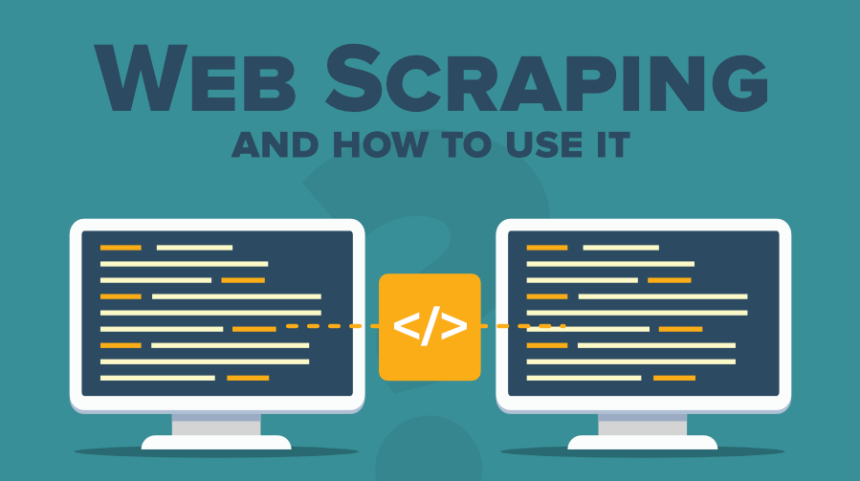Data is like a gold mine in this digital age; it gives us useful information and helps us make important choices. Web data scraping has become a skill that everyone wants to learn because there is so much data online. It’s the pickaxe of the 21st century that experts use to get at the digital gold. Here is an in-depth, easy-to-understand guide for people who are just starting to learn this very useful skill!
How to Understand Web Data Scraping Unlocking the Idea
The main thing that web data scraping, which is also called web harvesting, does is take data from websites. With this method, you take information from the web and save it to a local database or file so that you can analyze it and learn more about it later. It will help you quickly get the information you need without having to copy it by hand.
Why Use Scrape?
There are many benefits
Business owners, students, and freelancers all use web data scraping a lot. It lets you keep an eye on market trends, figure out how customers feel, find new business opportunities, and a lot more. In a world where data is everything, scraping keeps you ahead of the game by giving you quick, correct, and useful data.
Tools of the Trade: Web Scraping Software Getting Around the Choices
There are many tools that can help you with web scraping. There are many choices, from simple browser add-ons to powerful standalone programs, so everyone can find something that works for them. You don’t have to be a computer genius to use most of these tools because they have easy-to-understand interfaces.
Learn how to scrape: the step-by-step process
1. Make your goals clear
First, you need to figure out what info you need. Are you looking for deals on goods, information about the weather, or news stories? The websites you scrape and the tools you choose will depend on your goals.
2. Pick out a scraping tool
Pick a web scraping tool that works for your project and your level of expert knowledge. Think about your budget, the size of the project, and the kind of info you want.
3. Learn how the website is put together
Spend some time getting to know the layout of the website you want to scrape before you start. Learn HTML layout to understand how the information on a web page is put together.
4. Start the process of scraping
Start digging once everything is ready. Type in the URLs you want to target and set up the tool to get the info you want. Then, the tool does its job and brings in information that fits your needs.
5. Sort your data and look it over
After the data has been gathered, it needs to be looked over and analyzed. Put it together in a way that works best for you, like Excel or a database. You can now look at this info to get the answers you need.
The Best Ways to Scrape Healthily
Be moral: Give people their space
When you scrape, you might be dealing with private data. Always follow the website’s rules and protect users’ privacy. Environmentally friendly scraping is ethical scraping!
Please don’t put too much on servers
Sending a website a lot of requests at once can put a lot of stress on servers and make them crash. Spread out your requests so that they don’t stop the page from working.
Keep up with changes to the website
Websites are always getting updated, and these changes can affect how you set up scraping. Make sure you keep your scraping tools and methods up to date with these changes.
Your trip is waiting for you
When you get good at web data scraping, you can get a lot more data for your research and data collection projects. You can start with this guide. The journey ahead is fun and full of things to learn. Take on the tasks, and remember that every piece of data you scrape helps you make better decisions. Have fun scraping!
